North American Range
The black bear's range covers most of the North American continent. They are found in Alaska, much of Canada and the United States, and extend as far south as northern Mexico.
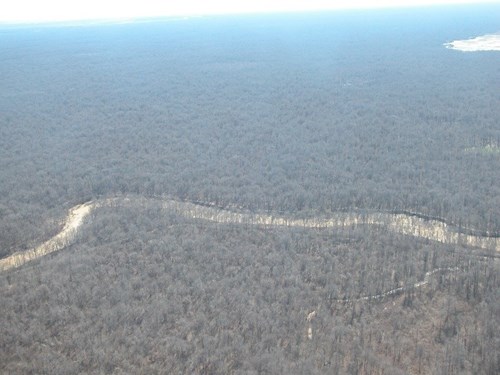 Mississippi Range and Population Status
Mississippi Range and Population Status
There are two subspecies of black bear in Mississippi: the American black bear, in the northern part of the state, and the Louisiana black bear, found in the southern two-thirds of the state.
Most of the bears in the state are found along the drainages of major rivers such as the Mississippi, Pearl, and Pascagoula, although bears can and have been known to show up just about anywhere. In more recent years, bears are beginning to move north from the coast and east from the Mississippi River. At one time, most of the bears found in the state were likely transient males that wandered across state lines. They were the dispersing products of breeding populations of bears that border our state in Arkansas, Louisiana, and Alabama.
For black bear populations to grow and their overall range to expand, expansion of breeding females is key. Since 2005, the MDWFP has documented the births of over 30 cubs in the state. This is a major milestone, as prior to 2005, there had been no documentation of cubs for 40 years. MDWFP biologists currently estimate the Mississippi bear population to be about 150 bears in the state, which is a major improvement over the estimated 40 individuals in 2002.
Black bears are currently found in three general areas within the state: the Gulf Coast, the Loess Bluffs of southwest Mississippi, and the Mississippi River Delta. Range sizes vary depending on habitat quality. The average home range for an adult male bear is roughly 20,000 acres, while the average home range for an adult female is roughly 5,000 acres. Home range for black bears is influenced by several factors. Habitat type, sex, age, season, environmental conditions, food availability, and population density all play a significant role in determining size and shape of a bear’s range. Range sizes typically increase during the summer mating season and during fall when bears are foraging heavily to build fat reserves.
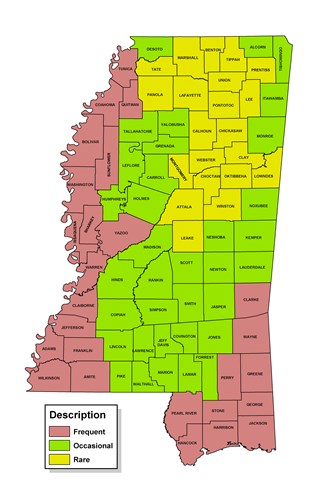 Sightings
Sightings
Black bear sightings in Mississippi have been on the rise in the last few years, especially during the early summer when yearling bears are dispersing to establish a home range and breeding season for the adult bears occurs. Not only is the actual number of bears increasing, but public awareness has increased as well. The majority of sightings have come from counties bordering the Mississippi River and from coastal counties such as Jackson, Harrison, and Stone.
Each year, however, more sightings are occurring towards the central part of the state. Almost everyone that reports seeing a bear or bear sign on their property is genuinely excited about the possibility of having a bear in the area. To tell the truth, most of the people who report bear sightings have likely had bears in the area for years. They would never have caught a glimpse of these shy creatures, though, without being made aware of them through the use of motion-sensor cameras.
Movement
Movements within the range of a bear are primarily for meeting habitat needs and finding potential mates. Bears are most active from dusk through dawn and will often use daybeds during daylight hours. Mothers with cubs often rest at the base of a tree so, if disturbed, she can send the cubs into the safety of the tree.
As with many other factors relating to bears, movement is related to time of year. Immediately after emerging from the den, bears exhibit decreased activity while the remainder of fat reserves are used. Bears become more active throughout the spring as more food becomes available. During the late spring and early summer, bears are at one of their most active times of the year. This is due to a few different factors, including the transition from spring to summer forage; yearling bears (primarily males) being pushed away from the mother, who is ready to breed again; and the breeding season being in full swing. During the fall, bears are also active, as they are searching the landscape for food to build fat reserves to last them through the coming winter.

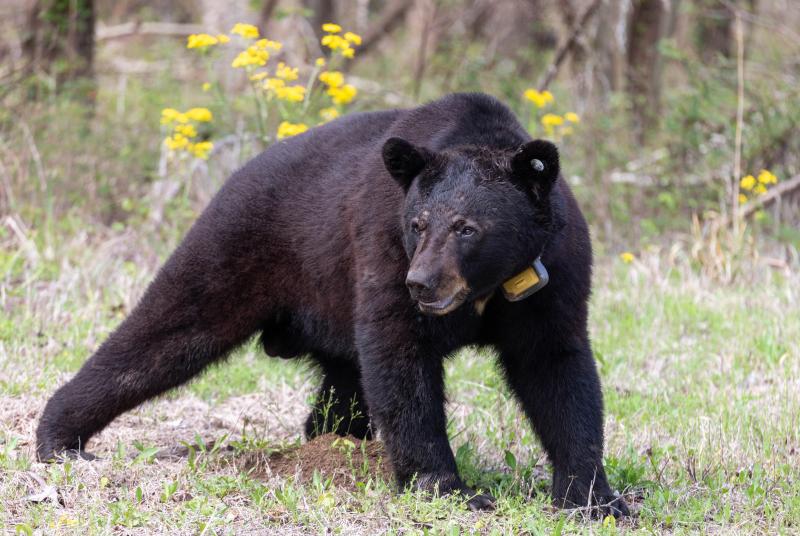
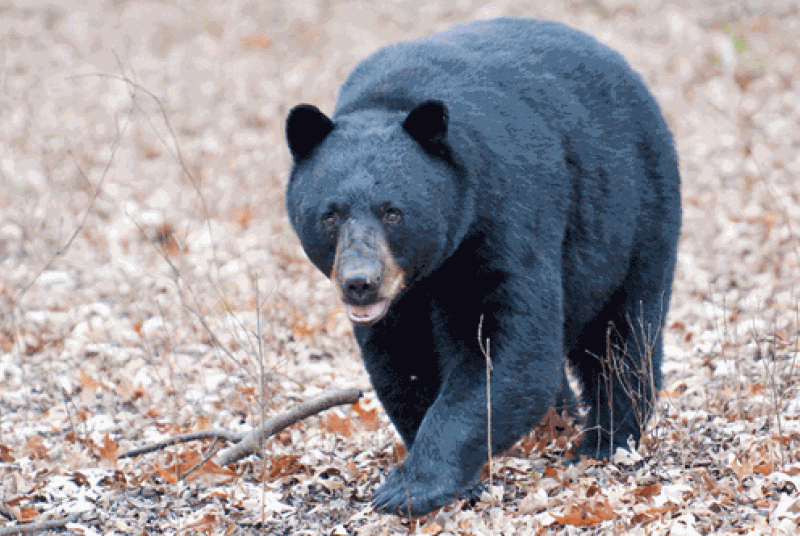
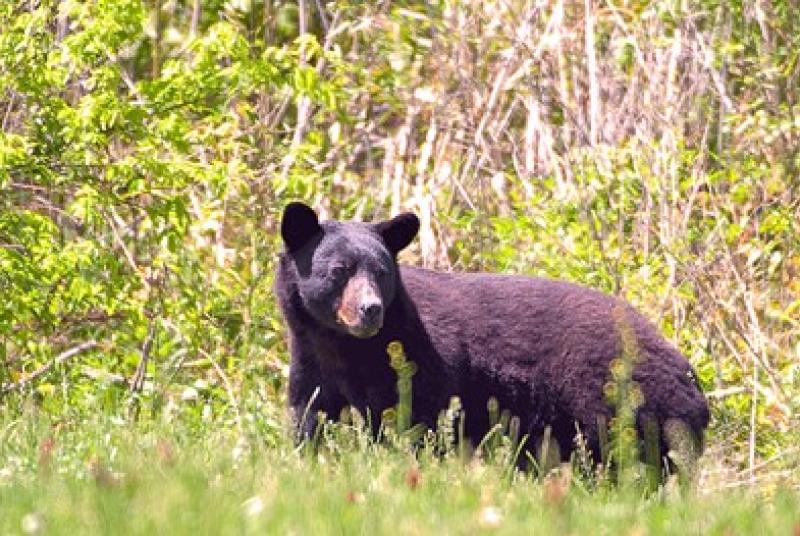
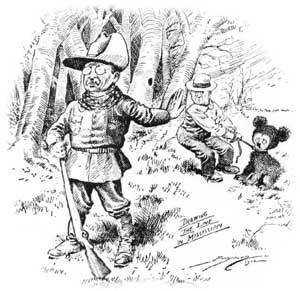 The Teddy Roosevelt Bear Hunts
The Teddy Roosevelt Bear Hunts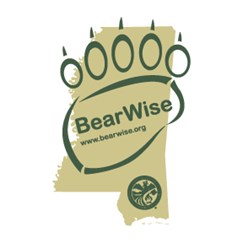 BearWise
BearWise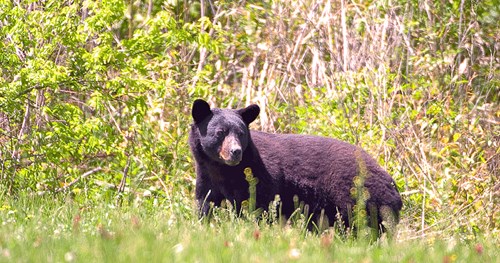 Black bears are generally black with a brown muzzle and commonly have a chest marking called a blaze. This blaze can be as little as a few white hairs to a large white patch. Black bears are compact and strong boned with small eyes, small round ears, and a short tail that can vary from 3-6 inches in length.
Black bears are generally black with a brown muzzle and commonly have a chest marking called a blaze. This blaze can be as little as a few white hairs to a large white patch. Black bears are compact and strong boned with small eyes, small round ears, and a short tail that can vary from 3-6 inches in length. Mississippi Range and Population Status
Mississippi Range and Population Status Sightings
Sightings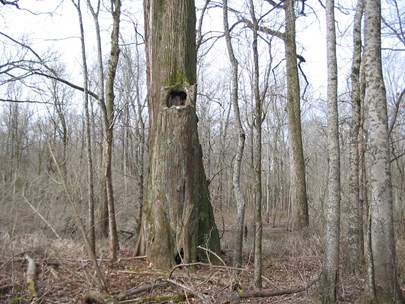 One of the leading factors in the decline of Mississippi black bears since the turn of the century is habitat destruction and fragmentation. The once majestic bottomland hardwood forests of the Mississippi Alluvial Valley (MAV) have been reduced to scattered and isolated remnants of their former glory. Many of the vast swamps and lowland areas, which served as safe havens for thousands of bears throughout Mississippi, have been drained and cleared so that the fertile black soils can be used for agriculture. By 1980, more than 80 percent of the bottomland hardwood forests of the MAV had disappeared.
One of the leading factors in the decline of Mississippi black bears since the turn of the century is habitat destruction and fragmentation. The once majestic bottomland hardwood forests of the Mississippi Alluvial Valley (MAV) have been reduced to scattered and isolated remnants of their former glory. Many of the vast swamps and lowland areas, which served as safe havens for thousands of bears throughout Mississippi, have been drained and cleared so that the fertile black soils can be used for agriculture. By 1980, more than 80 percent of the bottomland hardwood forests of the MAV had disappeared. Black bears are opportunistic feeders and are quite lazy when it comes to finding food. Bears will take full advantage of any easy meal that is provided to them, including carrion (animals that died of other causes), wildlife feeders, and household garbage. A black bear's digestive system is poor at breaking down vegetation, and as a result, they must consume large amounts of food to gather the nutrients needed for survival. With the large amount of time black bears spend foraging, their movements across the landscape and habitat usage are closely related to food. The excellent memory of a black bear comes into play with food sources, as they will remember areas with ample forage and will revisit it until the source is no longer available.
Black bears are opportunistic feeders and are quite lazy when it comes to finding food. Bears will take full advantage of any easy meal that is provided to them, including carrion (animals that died of other causes), wildlife feeders, and household garbage. A black bear's digestive system is poor at breaking down vegetation, and as a result, they must consume large amounts of food to gather the nutrients needed for survival. With the large amount of time black bears spend foraging, their movements across the landscape and habitat usage are closely related to food. The excellent memory of a black bear comes into play with food sources, as they will remember areas with ample forage and will revisit it until the source is no longer available.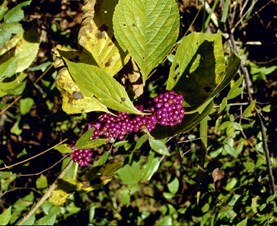


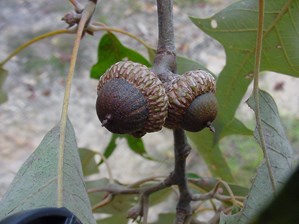
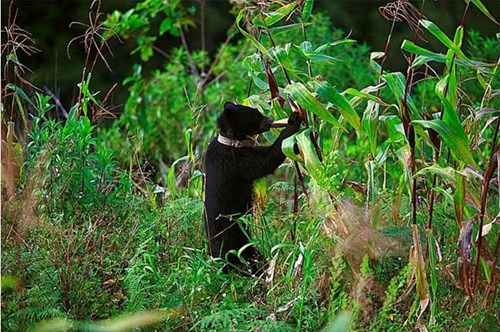
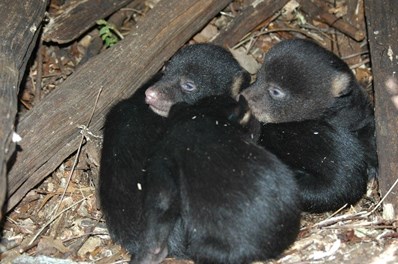
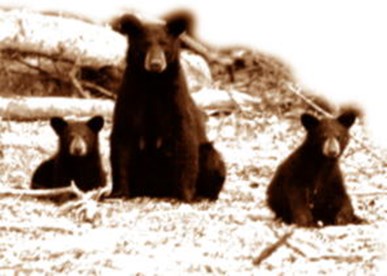
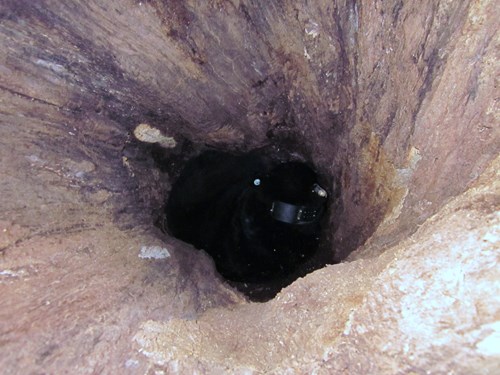 About Denning
About Denning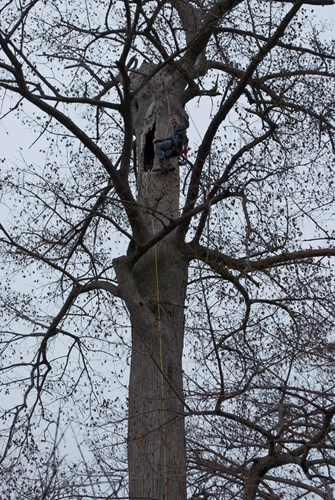 Once the females have denned, they generally remain there until the onset of spring unless they are disturbed. In some cases females may show some limited activity, leaving the cubs in the den to forage in the area around the den. Males have been documented to spend as little as a few weeks in the den before resuming activity. Upon emerging from the den, the reverse is seen, with males becoming active first, and females who have recently given birth being the last to end their denning season.
Once the females have denned, they generally remain there until the onset of spring unless they are disturbed. In some cases females may show some limited activity, leaving the cubs in the den to forage in the area around the den. Males have been documented to spend as little as a few weeks in the den before resuming activity. Upon emerging from the den, the reverse is seen, with males becoming active first, and females who have recently given birth being the last to end their denning season.